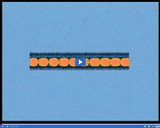
Alternating current reverses or alternates direction in a pattern.
- Subject:
- Science
- Provider:
- Utah Education Network
- Author:
- Visual Learning Company
- Date Added:
- 02/28/2010

Resources created or licensed by the Utah Education Network

Alternating current reverses or alternates direction in a pattern.
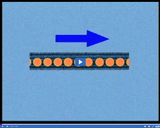
In direct current, the current flows in one direction through a wire.
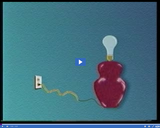
A current consists of flowing electrons, which are commonly conducted in a wire, such as the wire of this lamp.
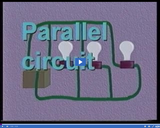
There are several paths electrons can take in a parallel circuit. When there is a break in a circuit, electric current is able to flow.
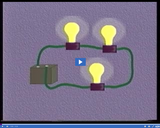
In a series circuit, there is one path electric current can flow. If there is a break in a series circuit, the entire circuit shuts down.

Jared travels down South to attend Edcamp St. George. During the camp, he sat down with Derek Larson, Library Media Specialist at Tonaquint Intermediate School, to discuss the nature of edcamps, why edcamps are so popular in education, and the importance of professional development for teachers.
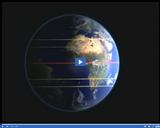
Deserts comprise about 14% of Earth's landmass and most are located between 20-30 degrees south latitude and 20-30 degrees north latitude. The Sahara, Chihuahuan, Mojave, and Sonoran deserts are highlighted on maps.
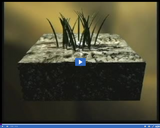
Permafrost is the phenomenon by which only thin layers of the upper soil in the arctic tundra thaw, while the lower layers remain permanently frozen.
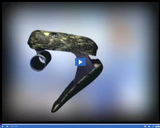
Rattlesnakes use poisonous venom to subdue prey.
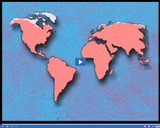
The arctic tundra biome, highlighted in white on this map, receives very little precipitation.

In this episode of UEN Homeroom, Dani and Matt speak with authors Darren Hudgins and Jennifer LaGarde about information literacy and evaluating our responses to media. They also discuss many ideas from Darren and Jennifer's book Developing Digital Detectives.
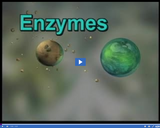
Enzymes play an important role in chemical digestion.
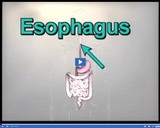
The esophagus is a muscular tube that carries food from the mouth to the stomach through waves of muscular contractions called peristalsis.
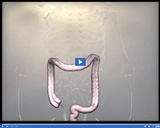
Water is absorbed in the large intestine. The remaining materials leave the body as waste.
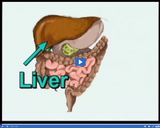
The liver is an organ that filters blood and plays a major role in metabolism.
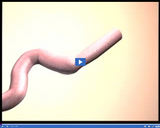
Peristalsis involves muscular contractions that move food through the small intestine to the large intestine.
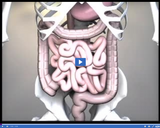
The small intestine is a long tube in the center of the abdomen where a great deal of chemical digestion takes place.
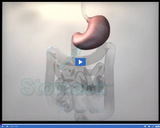
Chemical and mechanical digestion take place in the stomach, a muscular organ. Digestive juices, including hydrochloric acid, chemically break down food.
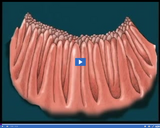
Villi line the inner walls of the small intestine, increasing the surface area through which food can be absorbed.

Villi are filled with blood vessels, through which food molecules enter the blood stream, where they are converted to energy.